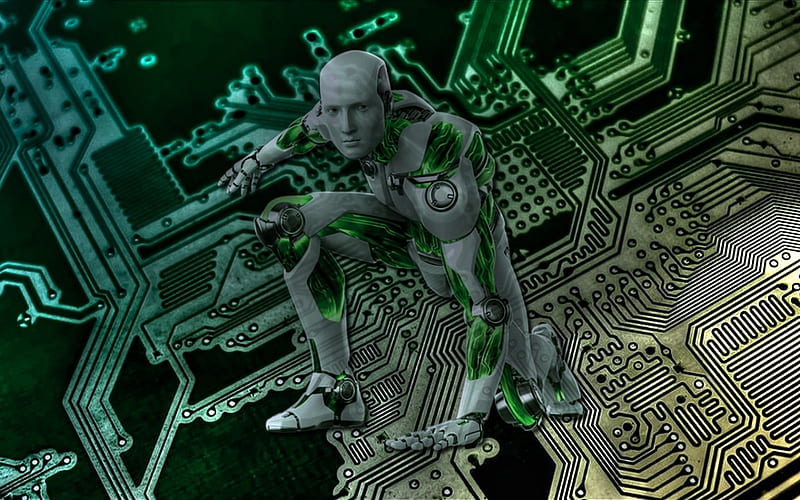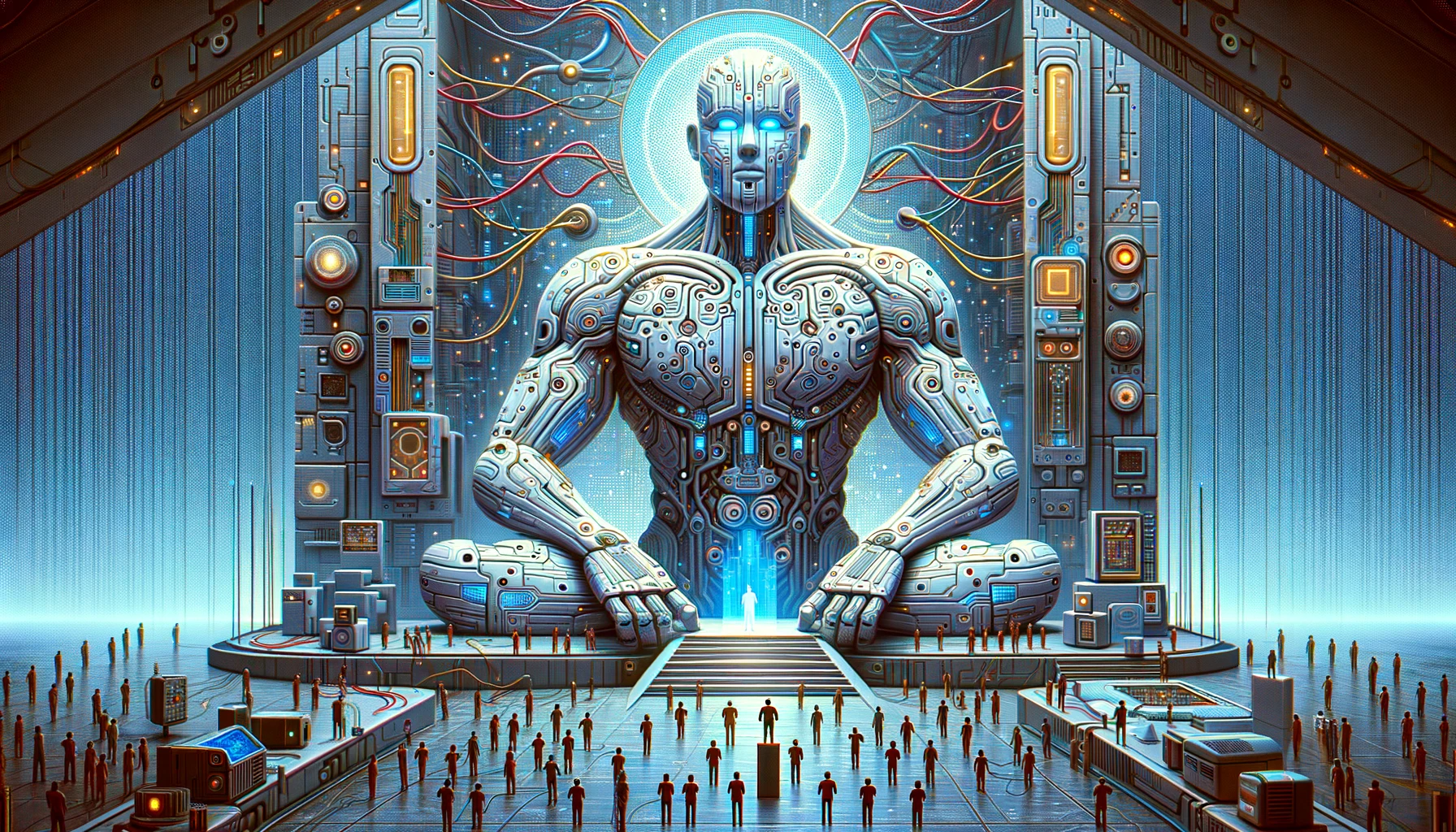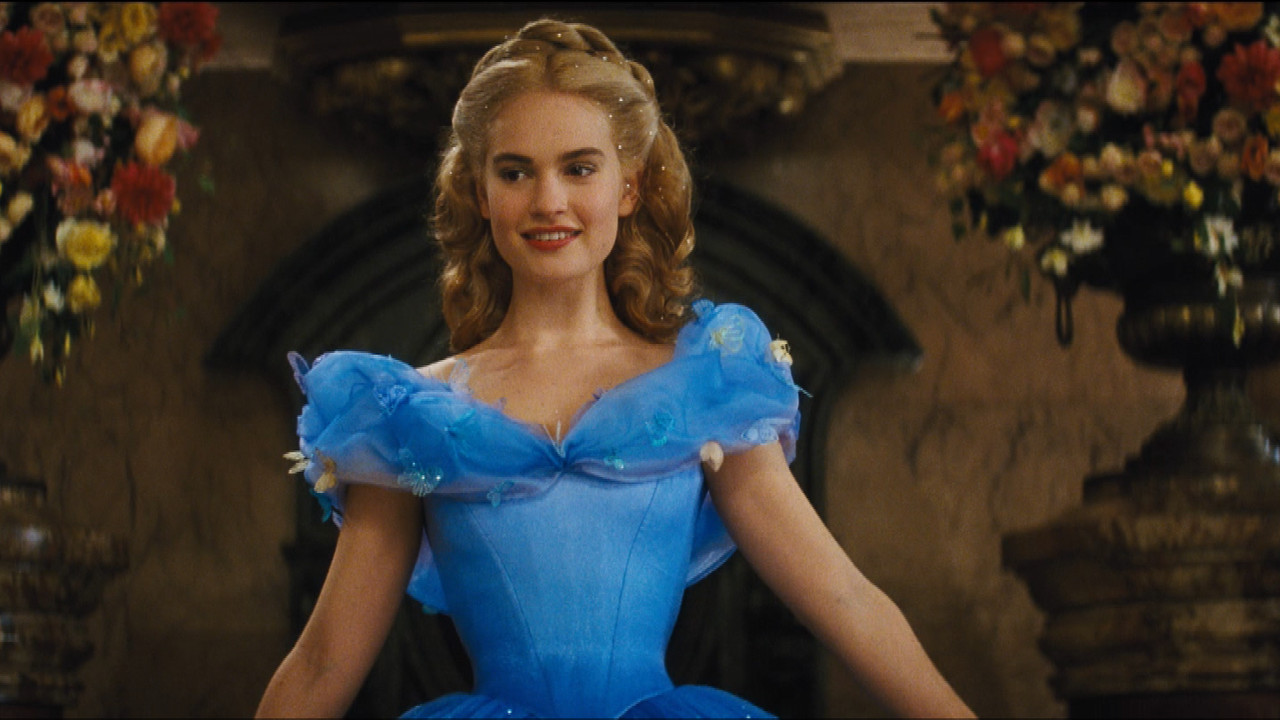Nuance can only exist in reality, not in any of our man-made situations. Or if we were to put this the other way around, only real things can be nuanced. No matter how much inventiveness and cleverness we put into our constructs, the one thing they can never be is nuanced. There are never any ‘hidden depths’, in other words.
So what do we mean by this word ‘nuance’, and why can’t it be reproduced in a deliberate or purposeful way? A nuanced approach is – we might say – an approach that isn’t at all what we might initially take it to be, and so in this sense it has something in common with irony – irony being where we show in a subtle way that we don’t mean what we say we mean, and we show this by the very act of saying it! By stating something which is concrete and therefore completely flat, completely unremarkable with awareness of what we’re doing when we do this, we transform the understanding of whatever it is that we have just said. Awareness alone changes everything.
A nuance is a small enough thing, but it impacts everything, therefore. We could try to illustrate this by looking at how we describe the world to ourselves – the bog-standard way of doing this is to be entirely literally in our approach (which is to say, by ‘pinning everything down’ in no uncertain terms). I ask you where the cat is and you answer me by saying that ‘the cat is on the mat’ (or something similar). There is absolutely no nuance here. But then if we switch abruptly to the subatomic realm then it could be the case that we are trying to ascertain the location of a stray electron by working it out via Schrodinger’s wave equation (as all students of atomic physics will know well) give us multiple answers, not just the one. For example, ‘the cat is on the mat, but it is also up the tree’.
To get two or more definitive answers when we were only expecting the one isn’t just a minor inconvenience, it changes our whole way of perceiving the world. If two contradictory facts can be true at the same time then what does this say about our model of reality? Our model of reality is producing self-contradictory answers, answers that are self-contradictory by its own standards, and so the model itself becomes suspect, it becomes untrustworthy. The model – by its own criteria – is clearly broken, is clearly misrepresenting what it is claiming to represent. A nuanced reply to our concrete questions about the world indicates that things are not by any means as straightforward or bog-standard as we might imagine them to be; there’s more to the story than meets the eye…
The other way to talk about this is to say that the view produced by our theory of the world is non-nuanced (or ‘bland’) and that this is how we know that it isn’t reality, which is never anodyne. In informational terms, we can say that the view of the world which our logical (i.e., rule-based) way of looking at things shows us is always 100% predictable. It has to be 100% predictable since there can never be anything in it that isn’t implicit in the rules or criteria that are being used to produce the view in question – the way we make sense of the world is to match it with our presumptions about ‘how it is supposed to be’, or ‘what sort of possibilities there are that exist within it’. To ‘make sense of the world’ is to exclude anything that is nuanced therefore, anything that is unpredictable, anything that might get in the way of our over-simplified way of understanding things.
The world that we can make sense of or understand is the edited world therefore and just so long as we don’t reflect on the fact that <the only reason the world makes sense to us is because we excluded all the bits that don’t make sense> we can get away with believing that this is the way things actually are. This is something we very much do get away with; we get away with it just about every day of our lives – our standard mode of awareness is the one in which we take it totally for granted that the reality which we are relating to hasn’t been edited. Our standard mode of awareness is in other words the one in which we feel that we completely know ‘what’s what’, or ‘what’s going on’. The sense of things ‘absolutely being what we say they are’ (without there never being any exceptions to this) is very important to us, for reasons that will become clearer as we continue with this discussion.
In essence, we’re living in Toytown, but we don’t know it. We’re living in Toytown and – what’s more – we have collectively agreed to make this compulsory (whilst at the same time tacitly agreeing to never mention this secret agreement). ‘Toytown’ corresponds to Anthony de Mello’s ‘Kindergarten for adults’ [“Most people tell you they want to get out of kindergarten, but don’t believe them. Don’t believe them! All they want you to do is to mend their broken toys.”] and we can also relate it to what Joseph Campbell refers to as ‘Refusing the call’- instead of heeding the ‘call to adventure’ we pretend in our stuffy, self-righteous adult way that there is no adventure, and that we’re doing what is the right and proper to do. In order to avoid ever sticking our heads out of our nest, our comfort zone, we say that it is the whole world…
The thing about Toytown is that it is a risk-free zone – it’s not ‘risk-free’ in the sense that we won’t ever have anything unfortunate happen to us, or anything like that, but it is risk-free in the sense that nothing will ever happened to us that won’t make sense within the terms of the rules that govern Toytown. The whole point of Toytown is that nothing can ever happen in it that does not make sense in terms of the official regulations! Toytown – which is to say the Unnuanced World – is nothing more than the output of a collection of rules after all, and so of course there is no way that anything can ever happen that hasn’t been predetermined. Toytown is the version of reality that is manufactured by the everyday thinking mind; it is the type of reality that totally agrees with itself. It is a self-consistent logical system. The risk that has been completely eliminated therefore here is the risk of our own logical statements not agreeing with themselves.
Reality itself isn’t like that – actual reality never agrees with itself. We expect (and require) our statements about the world to be self-consistent and we can’t see how this could possibly be otherwise, and yet this is only because the Thought-Created World is all we know, or we have ever heard of – all we can ever imagine. In the Mind-Created Virtual Reality we can make statements that will ‘stand’ and so we can extend them, build upon them, create structures and systems with them and so on. We can do this with impunity (or at least so it seems). When it’s the type of reality that wasn’t created by thought that we’re talking about (i.e., the type of reality that isn’t a copy or simulation) then we can’t do this, not even a little bit. We can’t get anywhere with our abstraction-creating. We can’t even get as far as making the initial statement; we can’t make a statement that will stand up by itself because when it’s the real world we’re talking about no statement we could possibly make will ever ‘agree with itself’ and what this means is that we can’t actually make a statement about reality. We have no basis, in other words – no basis for anything.
When we say that the MCVR – which is to say, ‘the simulation’ – is safe or risk-free, what we mean by this is that the property or quality which unconditioned reality has of disagreeing with itself [‘Nature loves to hide’, Heraclitus, Fragment 123] is repressed so we can have a basis, so that we can get on with the business of creating logical structures and systems. All in all, this seems like a win-win situation for everybody. This seems like a win-win situation only it isn’t – it isn’t because when we produce a statement that agrees with itself (and go on to create a whole world on the basis of such statements) then what we’re what we’ve actually done here is that we’ve made a whole world out of ‘loop logic’. That’s how a statement gets to agree with itself, by looping back on itself so as to create a ‘closed system’. A closed system is created – we might say – by an indefinite multiplication of the fixed starting-off point. It is created via the act of ‘duplicating the known’.
The only thing that will agree with a logical statement is itself however, which gives us the situation where the original guest doubled so they can validate itself and be validated by itself this is the basis of all human society. What we’re doing in our ‘doubling’ (or in our duplication) isn’t by any means anything creative – needless to say, nothing new is being produced. If there was something new being produced then it wouldn’t be ‘duplication’, after all. That wouldn’t be ‘doubling’. Duplication means duplication, not transformation. Doubling or duplicating means staying the same – we’re sticking to the one basic template in everything we do and so even after a billion duplications it’s still the same thing. Staying the same is what we want – we want linear continuity because that’s what creates the psychostatic world that we live in. Toytown is 100% linear, in other words; it’s nothing more than one big linearity, one big hollow redundancy…
Linear means copying – if we take away the copying then we take away everything! Copying works ‘after a fashion’ (we might say) but at the same time it doesn’t really work because trying to prove something by repeating it (which is exactly what we’re doing here) isn’t a legitimate act. It’s a nonsense act – we’re not proving it anything at all, we’re just bullshitting. We’re bullshitting and we’re getting away with it. We have created the Bullshit Dimension and we have moved into it wholesale – we have taken up permanent residence. That’s the only place we can feel comfortable, after all! This brings us back to the question we touched upon earlier as to why we are so keen to take up residence in Toytown, and put so much energy into invalidating it to ourselves, saying that it is what it isn’t? The point here is that to tag after all the point is that Toytown isn’t a patch on the real thing it can’t hold a candle to it! ‘Duplicating the known’ gets in the way of the real.
There is therefore a great big, colossal problem with Toytown, a problem that we are always very careful never to mention. When we live in the zero-risk environment which is the System of Thought then there’s no actual content to anything; we might say that we’re ‘all about the content’ but in actual fact we’re not. We’re not about the content at all – we’re about to the appearance of content, we’re about the theatre. We can’t afford to be all about the content when we’re living in Toytown because there isn’t any and if we let ourselves find this out then that would be the end of the game! Seeing that there’s no content is the end of any game – the whole point of a game is to say that there is content when there absolutely isn’t; the way we play a game is precisely by ‘acting as if there is content when there isn’t’.
The moment we duplicate or copy our original position to make a logical continuum the self-referential system that is made-up of that initial point extended outwards (conquering everything in sight like a super-virulent virus) we create this awful thing called hyperreality, which is just another way of talking about Samsara. Samsara (we might say) is a garishly superficial world made up of repetitive / stereotyped cartoons that gobble up all our attention on a constant basis; we are so preoccupied (or rather obsessed) with this frenetic ‘cartoon-type activity’ that it is impossible for us to see beyond it, beyond the two-dimensional cartoon world that we are inhabiting. This is how we get trapped in Toytown – this is the mechanism in a nutsell!
Just saying this doesn’t entirely get the point across, however. We’re not trapped in Toytown, we are Toytown. We are part and parcel of it. We’re not ‘trapped in a cartoon’, we are the cartoon. I am a cartoon me in a cartoon world. The everyday sense of ‘being this specified identity’ is the cartoon, and that cartoon identity can only exist within the very restrictive parameters of Toytown and that’s why it has no real interest in escaping from edge, no matter what say no matter what it might say to the contrary. As cartoon characters living in Toytown we have zero interest in anything that is not a cartoon – we can’t understand anything that is not a cartoon, we cannot acknowledge or appreciate it in any way. Actual reality would be the end of us – we cannot survive the transition to the real world because we ourselves are not real. We cannot survive being freed from the prison because we ourselves are constructs of this prison that we have made for ourselves via the strategy of ‘endlessly duplicating the known’.
Image – depositphotos.com






